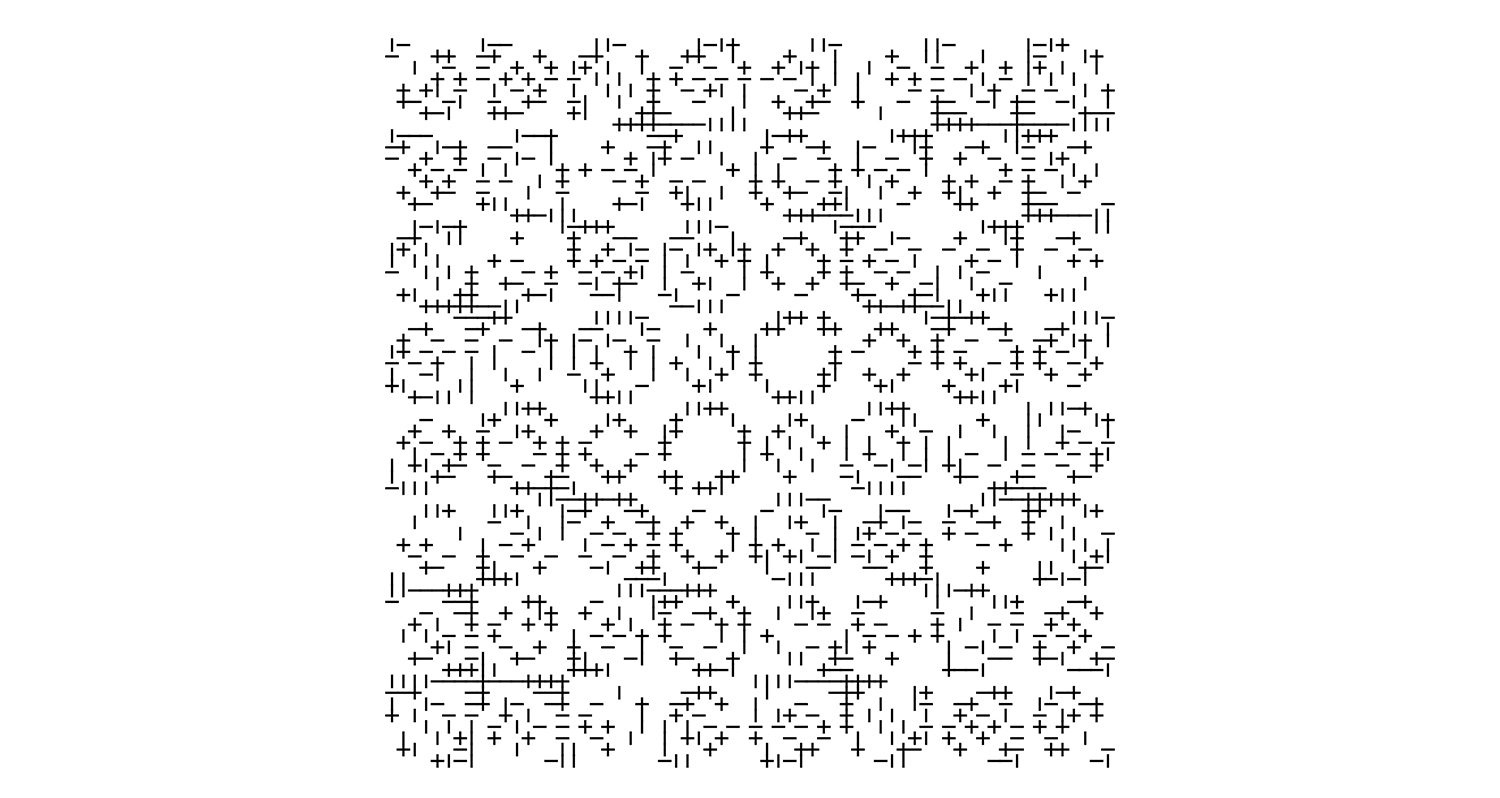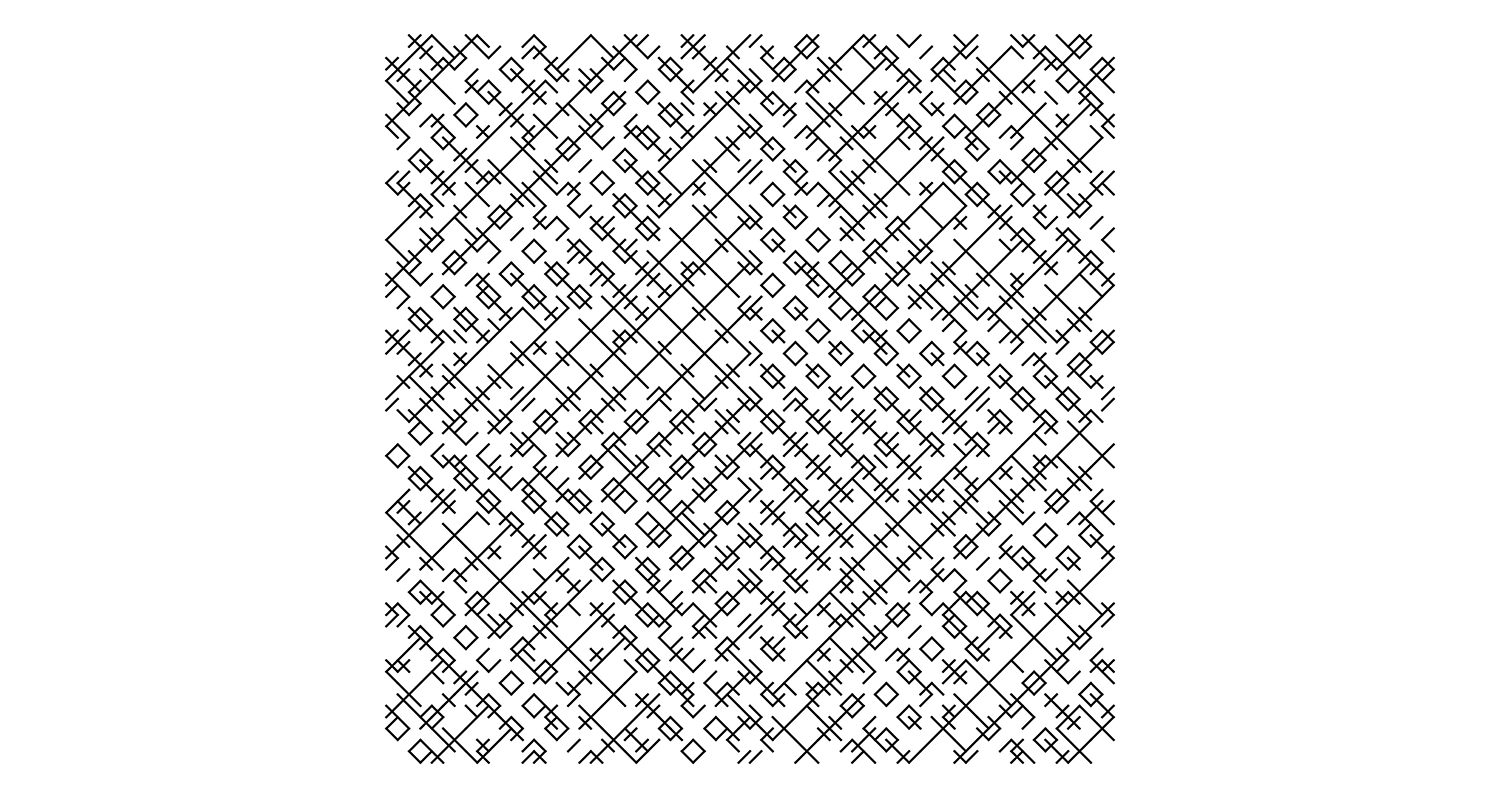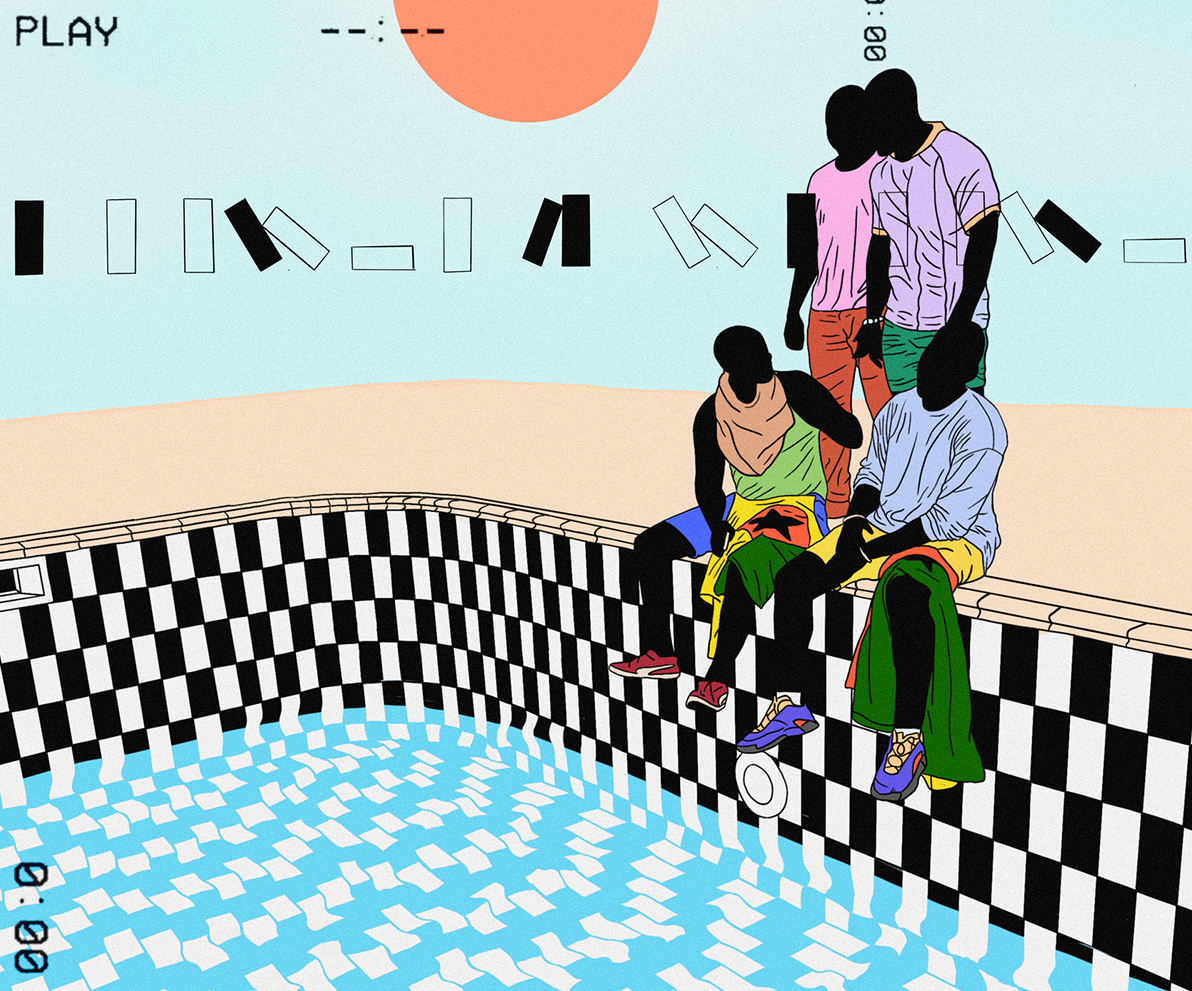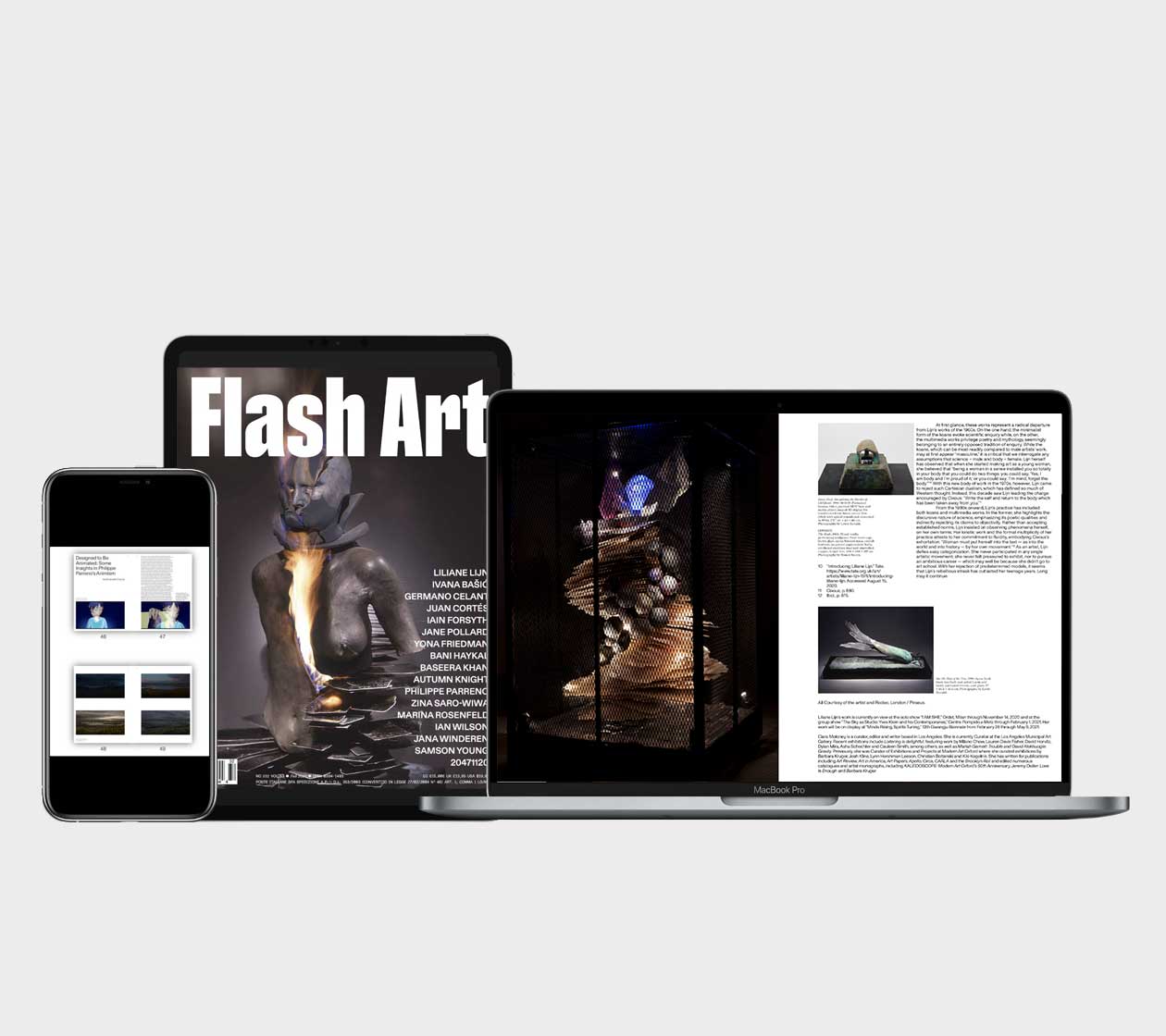“The Uncanny Valley” is Flash Art’s new digital column offering a window on the developing field of artificial intelligence and its relationship to contemporary art.

With their newfound possibilities for compensating creators without limiting the dissemination of their works, NFTs can free the art and creative space from the drawbacks of copyright law, but only if implemented correctly.
Copyright law has become a crucial economic component of the information society, and has slowly expanded beyond recognition – both in its duration (from 14 years after the first publication to 70 years after the death of the author, in most countries) and in its scope (from the protection of literary, dramatic, musical or artistic works, to the protection of more functional artifacts such as computer software, architectural blueprints, and electronic circuits).
We often forget that copyright law was originally a vehicle for censorship. With the printing press challenging the power of church and state through rapid and widespread circulation of dissenting and heretical content, governments sought to regulate information flows by requiring publishers to obtain licenses to print and trade books within their territory. These licenses were often framed as “privileges”, granting publishers a monopoly right (for a limited period of time) to print specific books. This was touted as a means to protect them against free riders in order to recoup their investment in expensive printing machinery.
The advent of the Internet and digital technologies revealed the blindspots of copyright law. Given that the simple act of displaying a work on a computer screen actually implies “printing” a copy of that work (even if only displayed for a few seconds) any use of a digital work could trigger copyright infringement. So copyright law was reformed to account for transient and ephemeral copies. At the same time, its scope was expanded in the fight against online piracy. As a result, the first-sale doctrine, which allows for the resale of copies in secondary markets, no longer applies to digital works. Anti-circumvention laws bolster the technological channels by which digital works are used and distributed, even if not protected by copyright. Notice and take down measures are now commonly wielded to secure the removal of potentially infringing online material, enabling private operators to censor content without judicial oversight. And more recently, in Europe, commercial services such as news aggregators are required to pay royalties for linking to third party content available online.
Regarded by the creative industries as a “necessary evil”, copyright law is recurrently criticized for benefiting well-capitalized and consolidated firms, often at the expense of the general public and to the detriment of artists and creators, who are increasingly unable to borrow from previous works. Copyright law has therefore been reincarnated as a tool for censorship.
Yet with the onset of blockchain technology, coupled with the widespread proliferation of NFTs (non-fungible tokens), this “necessary evil” may no longer be strictly necessary, since these new technologies make it possible to compensate creators without impeding access to their works.
The most revolutionary aspect of NFTs is their affordance for digital artists to monetize their art through the sale of “unique” and “authentic” copies of digital artifacts, rather than via copyright restrictions that prohibit reproduction and redistribution. In principle, this stands to widen artists’ access to a wave of new collectors without recourse to traditional intermediaries. It is also an opportunity to democratize the art market: allowing anyone with a cryptocurrency wallet to become an art collector. However, the last year has also seen the appearance of a host of marketplaces – the new intermediaries – that have established themselves as the real gatekeepers of the NFT ecosystem. In the meantime, Christie’s and Sotheby’s – those bastions of the ‘legacy’ market – have further stoked the hype machine.
The emergent market for NFTs has therefore cemented digital art within a new crypto-cultural economy. Yet, the legal qualification is not yet properly understood. This legal uncertainty has recently been brought to light by the GenerativeFish project, which enabled collectors to purchase unique copies of computer-generated fish recorded as NFTs on the Ethereum blockchain. The project caused controversy due to its reliance on a modified version of artist Lingdong Huang’s open-source software. Huang claimed that the generated NFTs were “copyminted” and therefore represented a “shameless financial exploitation” of his work – prompting an apology from the creators, who have since discontinued the project. It is unclear whether these generated fish could actually trigger a claim for copyright infringement. However, we argue that this question is irrelevant, since even if these “copyminted” fish were infringing the copyright in Huang’s work, the NFTs associated with them are not the object of infringement. Let us explain why.

It is often believed that an NFT incorporates the expression of an artwork in a tokenized form, and therefore should be subject to copyright. However, this view is akin to judging a book by its cover. An NFT is a blockchain-based token that incorporates a cryptographic “hash” of a digital work, where the hash can be understood as a unique fingerprint of that work. This hash is inherently tied to the digital work: no two works have the same fingerprint; in fact, the fingerprints of nearly identical works are entirely different. However, the digital work cannot be retrieved based on the hash alone, in the same way that one cannot reconstruct a human from their fingerprints. The hash is strictly a point of reference.
The technical reality is that the artwork associated with an NFT is not stored on the blockchain unless it is a very small file, as in the rare case of Autoglyphs. Therefore, transferring an NFT does not transfer the file – usually stored on the InterPlanetary File System (IPFS) or elsewhere on the Internet – but rather the hash linked to it. Without wishing to undermine the power and prospects of the technology, the bottom line from a copyright perspective is that most NFTs do not comprise the expression of the artwork. This is not a matter of interpretation, but a technical fact.
Without an NFT comprising the expression itself, traditional copyright cannot protect the blockchain ecosystem from infringement. This begs a number of questions, not least whether copyright should be extended or reformed to cover unwanted phenomena: NFT frauds such as the Beeple “heist” as well as the alleged Banksy scam; not to mention NFT “knock-offs” like the GenerativeFish project, SolBlock’s copycat of Tyler Hobbs’s work, as well as the multiple unauthorized copies of CryptoPunks.
Expanding the scope of copyright to cover hashes might protect artists against the unauthorized minting of their works into NFTs. Yet, there might equally be collateral damage. By protecting the hash as an object of copyright, we might end up in a place where a hash cannot be used for anything else – for instance, md5sum or proof-of-existence – without authorization by the copyright owner. Ultimately, this would mean that any “reference” or “link” to a copyrighted work via a hash would trigger copyright infringement, even if there were no actual reproduction of the work. This would prevent the emergence of new decentralized solutions and distributed platforms that rely on content-based addressing (e.g. IPFS) as opposed to traditional location-based addressing (e.g. I.P addresses).
So what’s the alternative? How can we protect authors and copyright holders from the unauthorized exploitation of their works through the minting and trading of NFTs?
Despite its origins, copyright eventually evolved into an author’s right regime, aimed at establishing an equilibrium between rewarding artists for their creative endeavors and maintaining the accessibility of culture to all. Yet this delicate balance remains precarious, with copyright law often being leveraged to further commercial interests at the expense of artists and the public.
NFTs might help restore this balance: Guaranteeing artists fair compensation without limiting the dissemination of their works. At the same time, digital art might be freely reproduced and distributed online, thereby contributing to increased visibility, while rewarding artists through the resale of unique digital copies. Yet, we must tread carefully. If copyright is overextended to prevent the unauthorized production and distribution of NFTs, it will open the door for new copyright disputes that stall the growth of a decentralized web. In practice, now that authors and creators have a way to monetize their artistic creations by selling unique digital copies directly to their followers, the requirement for broad copyright protection may be reduced.
Of course, this is not to dismiss the need for copyright law entirely; in fact, it is necessary to fully harness the value of NFTs. If an artist wants to license the right to reproduce their work, or enable its commercial use, copyright licenses can grant these and other additional rights to token holders. Developing such a license, whereby rights follow the token as it is transacted, is the work of a new NFT Licensing Task Force organized by COALA Global. By tying copyright licenses to NFTs copyright law can evolve to support new web3 applications and provide new business models that were not available in the past.


